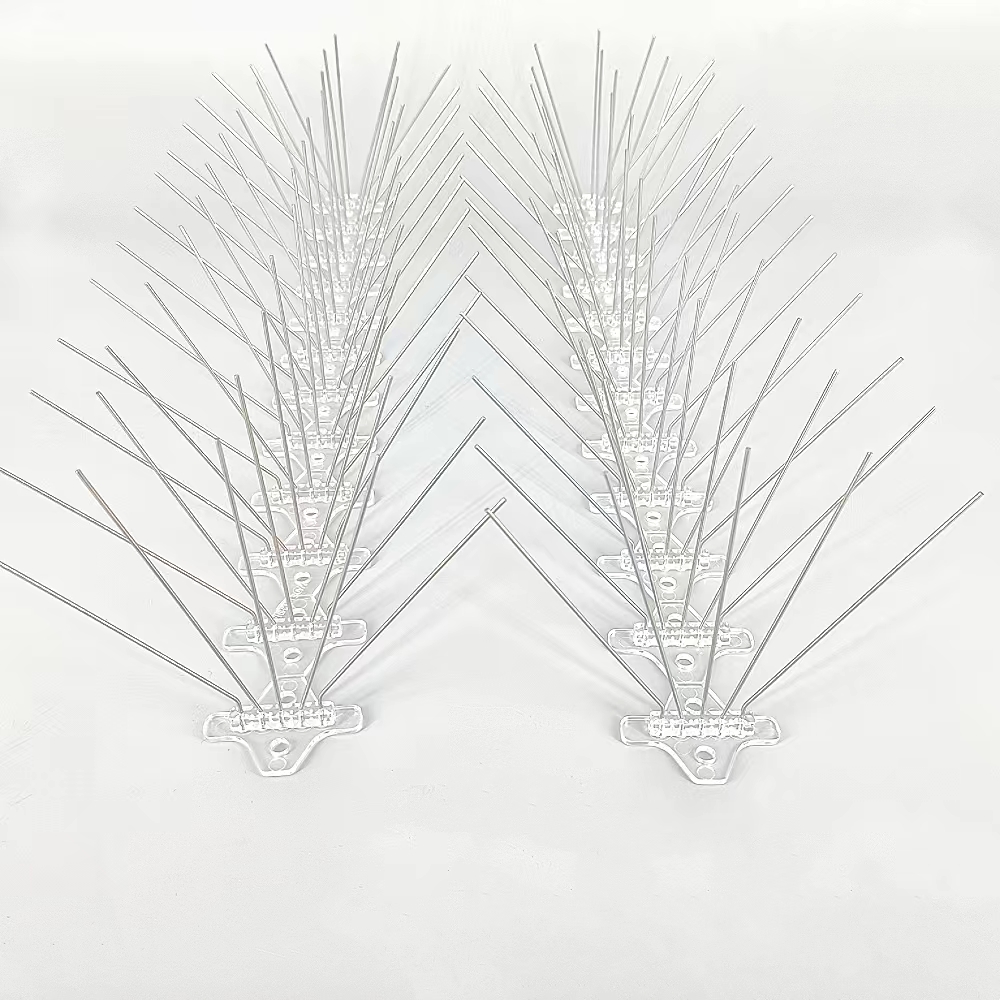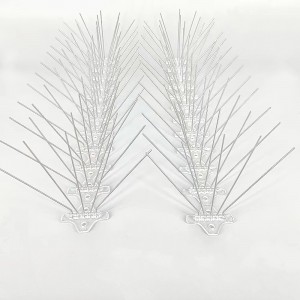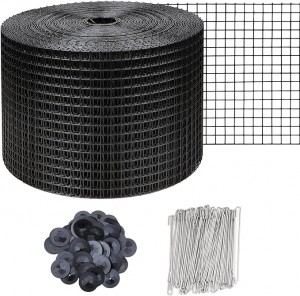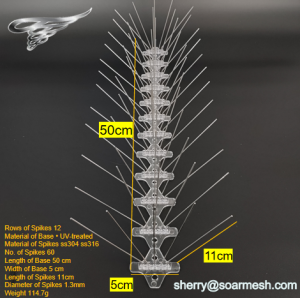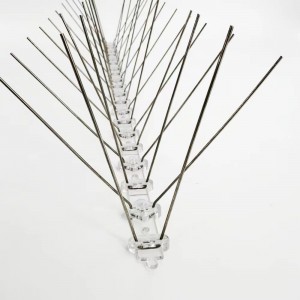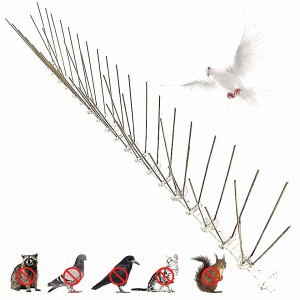Introducing Bird Spikes: Safeguarding Spaces, Preserving Harmony
Introducing Bird Spikes: Safeguarding Spaces, Preserving Harmony
In our urban landscapes, coexistence with nature often presents challenges. As birds seek refuge and nesting sites in human habitats, conflicts arise over safety and hygiene. However, with the innovative Bird Spikes, harmonizing our shared spaces becomes effortless.
Crafted by industry leader in wildlife management solutions, Bird Spikes are ingeniously designed to address the dual concerns of efficacy and compassion. These spikes mimic the deterrent features of thorny plants, dissuading avian visitors and other small animals from perching or traversing without causing harm. The spikes also serve as visual deterrents, reflecting sunlight to emit a subtle yet effective warning signal, effectively deterring birds.
Built to withstand the rigors of outdoor environments, Bird Spikes boast a robust construction. Stainless steel rods are securely affixed to a durable plastic base, ensuring longevity and resilience. Come rain or shine, these spikes remain steadfast, impervious to rust or loosening caused by extreme weather conditions.
Installation is a breeze with Bird Spikes. The base comes equipped with pre-drilled holes, facilitating easy attachment to flat surfaces using screws, adhesive, or zip ties. Whether it’s fences, windowsills, rooftops, eaves, balconies, or any other area prone to avian roosting and nesting, Bird Spikes offer versatile protection.
What sets Bird Spikes apart is their animal-friendly approach. While effectively deterring birds and small animals, they do so without causing harm, ensuring a humane solution to wildlife management challenges. With Bird Spikes, you can create a safe and sanitary environment for both humans and wildlife, fostering harmony in our shared spaces.
In conclusion, Bird Spikes by Hebei Tengfei Wire Mesh Co., Ltd. represent a pinnacle in wildlife management technology. From their durable construction to their humane approach, Bird Spikes offer a comprehensive solution to the challenges of avian intrusion. Embrace Bird Spikes and embark on a journey towards harmonious coexistence in our urban ecosystems.

